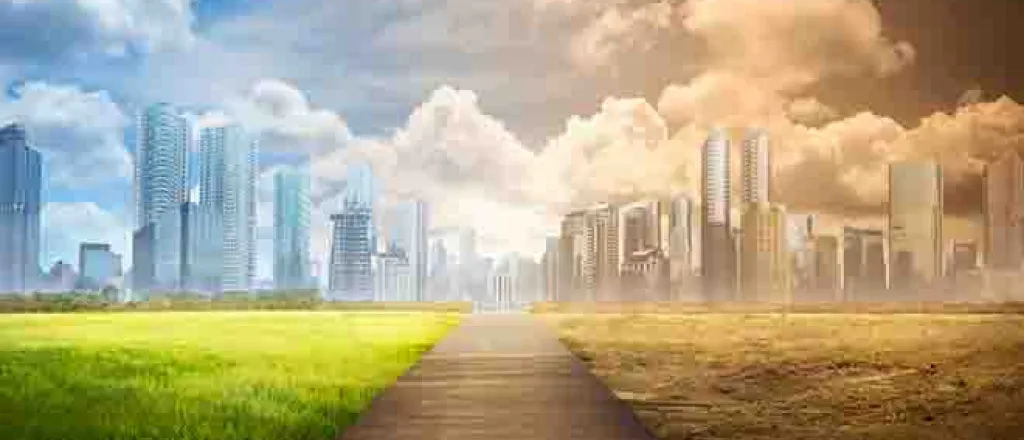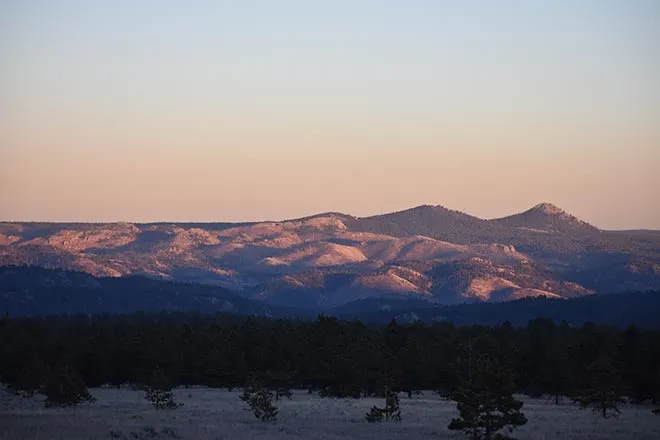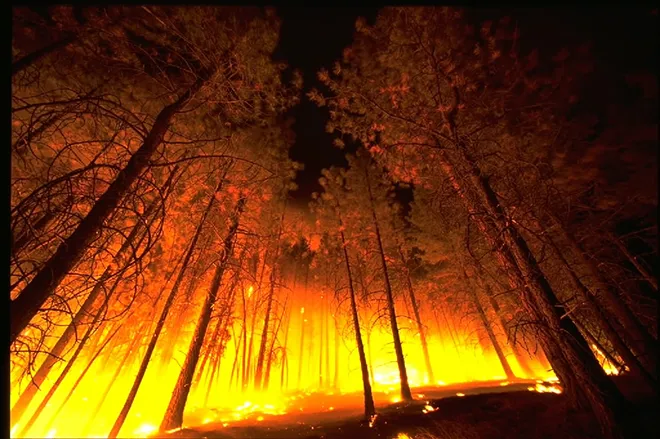
With climate change, smoky air could become routine threat
(Minnesota News Connection) Summer in parts of the United States, particularly northern states, has come with an unwelcome visitor: periods of thick, smoky air brought on by Canadian wildfires. It has propelled conversations about the health impacts and climate change links.
This spring saw many parts of the country under air quality alerts that limited outdoor activity due to the smoke.
Kate Knuth - founder of Democracy and Climate LLC - said longer periods of warm and dry weather are pulling moisture out of the air, spurring more wildfires across Canada. She said the recent smoke events aren't likely to be isolated.
"We need to be learning to live in a changing climate," said Knuth, "and dealing with wildfire smoke is unfortunately one of those things we need to learn to navigate."
Knuth is the managing and research director for the 100 percent Campaign, which has pushed Minnesota policymakers to recently adopt a 100 percent clean energy standard.
But she added that residents can do their part to spur positive change by embracing climate-friendly energy and transportation sources.
Health experts are urging people to monitor conditions, to avoid strenuous outdoor activities when the air quality is bad.
Dr. Laalitha Surapaneni, assistant professor at the University of Minnesota Medical School, said research is just starting to emerge about the health impacts of wildfires.
She noted that smoke from these fires contains particulate matter also found in fossil fuel emissions.
"And so, we know that particulate matter can cause cardiovascular mortality," said Surapaneni. "It can cause development of childhood asthma, and it's also been linked to lung cancer."
Surapaneni, who is also a member of the Health Professionals for a Healthy Climate initiative, said the biggest concern is for vulnerable populations - such as those with underlying heart and lung conditions.
But she said even healthier people can experience things like headaches and burning eyes. However, there are ways to protect yourself.
"The three top things would be, you know, limit time outdoors," said Surapaneni. "If you do have to go outside, wear a well-fitting N95 mask. And then, try to create a clean-air room inside your house."
That type of room blocks all outside air. For those who lack access to these protections, she said communities can establish clean-air spaces with good ventilation, such as a public library.















